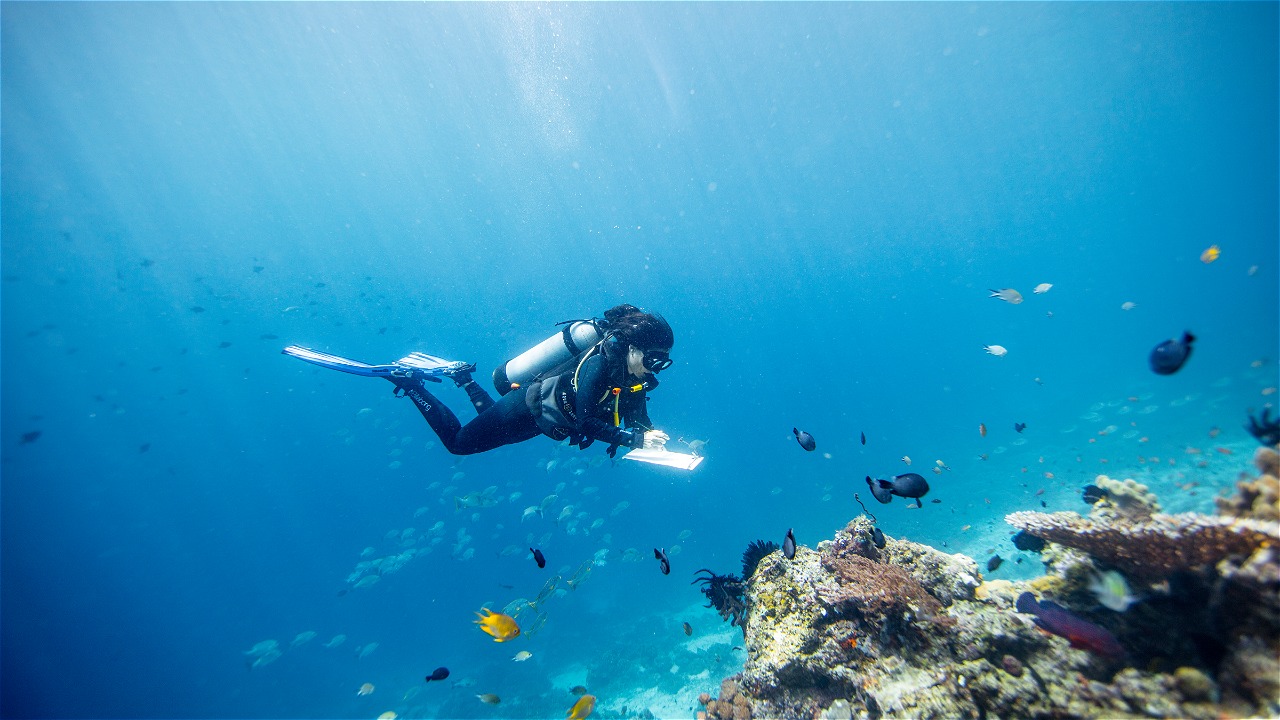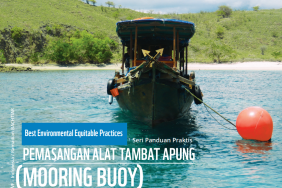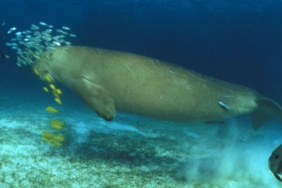THERE ARE MANY WAYS TO CONSERVE FLORA AND FAUNA - BEING A SMART TRAVELER IS ONE OF THEM
By: Ayu Ginanjar Syukur (Responsible Marine Tourism Assistant, WWF-Indonesia)
Indonesia is one of the countries with the highest diversity of flora and fauna in the world. With only 1.3% of the total surface of the planet, our country is home to 12% of mammals, 16% of reptiles and amphibians, 17% of birds, 10% of flowering plants, and 25% of fish species.
This wealth is certainly an important asset for the future of the world - not just Indonesia. Often, however, the environmentally unfriendly consumptive lifestyle of humans poses a threat to the survival of species. In fact, currently, around 23% of mammal species and 12% of bird species are categorized as endangered in the red list of The International Union for Conservation of Nature (IUCN).
Some time ago - quite a long time ago, I attended the "Green My Forests, Blue My Seas" event organized by Faber Castell, one of WWF-Indonesia's partners for the Global Forest Trade Network (GFTN) Program. Rows of participants' colorful drawings were on display at the event that day. Most were themed around sea turtles - a beloved marine animal that is on the list of biota that is fully protected by law.
The event was part of a series of drawing competitions in twelve major cities in Indonesia - beginning in Bandung, West Java, and concluding in Makassar, South Sulawesi in the last quarter of 2016. Located at the Indonesian Institute of Arts, Bali, that day (23/10/2016), I came to speak in front of the participants of the drawing competition who were mostly junior high school students to university students.
I told them about how to be a smart traveler something I learned working in WWF-Indonesia's Responsible Marine Tourism program. As a traveler alias traveler, there are many ways to contribute to the conservation of flora, fauna and our environment.
First, start from the preparation stage, for example. In packing a bag or suitcase, bring enough supplies and multi-functional equipment. The reason is, the more things you bring when traveling, will contribute to the amount of waste and transportation load power, which in turn produces excess emissions.
Then, in choosing a tour service provider. A good tour operator understands the marine animals that will be encountered. This can be known through the completeness of information owned by the tour operator; or those that have energy and emission saving programs.
Third, when traveling, reduce the ecological footprint by using public transportation modes, or those provided by local residents. Fourth, in observing and interacting with marine animals, for example. We don't touch the animals, feed them because it changes their behavior, and keep a safe distance when snorkeling or diving.
The enthusiasm of the participants was felt during the material about marine animals. Those who previously only used marine animals as objects to draw, now know how to interact with them in their natural habitat.
This guide to being a smart traveler is summarized by WWF-Indonesia's Responsible Marine Tourism team in a series of practical guides or Best Environmental Equitable Practices (BEEP) in marine tourism.
The colorful sketches of sea turtles on the high seas - and the guide to being a smart traveler - will hopefully serve as a message to the public in their efforts to conserve endangered flora and fauna, with the younger generation taking the lead.





